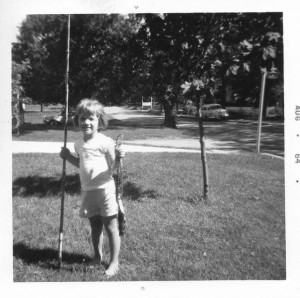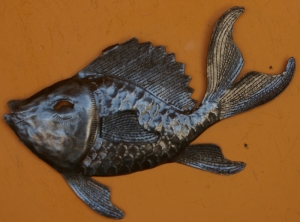The Tree of Life
In the Beyond Borders inventory, we have always had a wide and wonderful selection of Trees of Life. In its many renditions, it has been steadfastly popular with our customers. It has a timeless elegance, fits into many decorative schemes, and is naturally appealing. It’s easy to love.
What’s interesting about it is how Man has understood it through time. As a symbol, its roots (pardon the pun!) go back to ancient cultures as diverse as the Egyptians, Sumerians and Mayans. All three believed it to be, in some variation, the source of creation. The Tree of Life, with its branches reaching skyward and its roots plunging deep into the ground was viewed as the link between Heaven and Earth; uniting the realm above with that below.
Fast-forward a few millennia to the formation of Judeo-Christian tradition, where in the Book of Genesis, it was growing in the Garden of Eden, guarded by two cherubim and a flaming sword. It bore the Fruit of Immortality, but God insured its inaccessibility to Man. In the Book of Revelations, the Tree of Life is described as, “growing on each side of the river bearing twelve crops of fruit, yielding its fruit every month. And the leaves of the tree are for the healing of the nations.”
In more modern times, science has adopted the Tree of Life as a visual metaphor for genetic relationships and the interconnectedness of all living things. One 19th century theorist described it poetically, writing, “As buds give rise by growth to fresh buds, and these, if vigorous branch out and overtop many a feebler branch, so by generation I believe it has been with the Great Tree of Life, which fills with its dead and broken branches the crust of the Earth and covers the surface with its ever-branching and beautiful ramifications.”
In all visions; mythological, philosophical, religious, or scientific, the symbol strikes at the soul and its expression is glorious.
Contributed by Linda for Beyond Borders/It’s Cactus

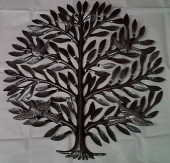
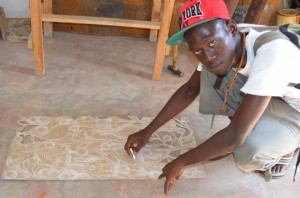

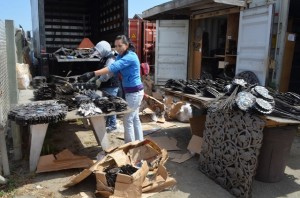
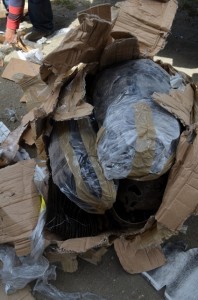
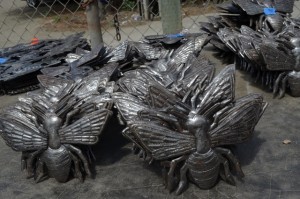

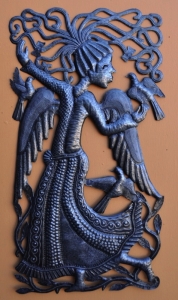
![BlackMadonna[1]](https://blog.itscactus.com/wp-content/uploads/2013/04/BlackMadonna1-201x300.jpg)
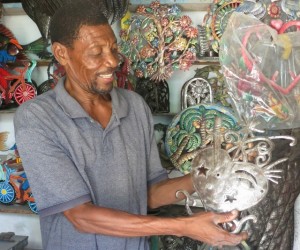
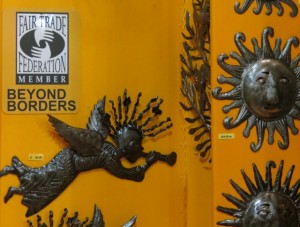
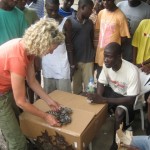

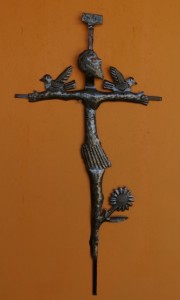
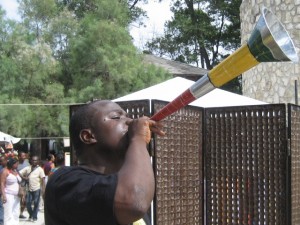


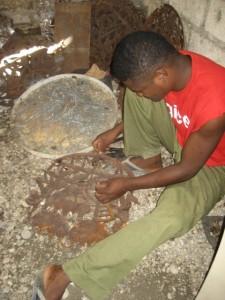
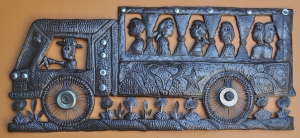
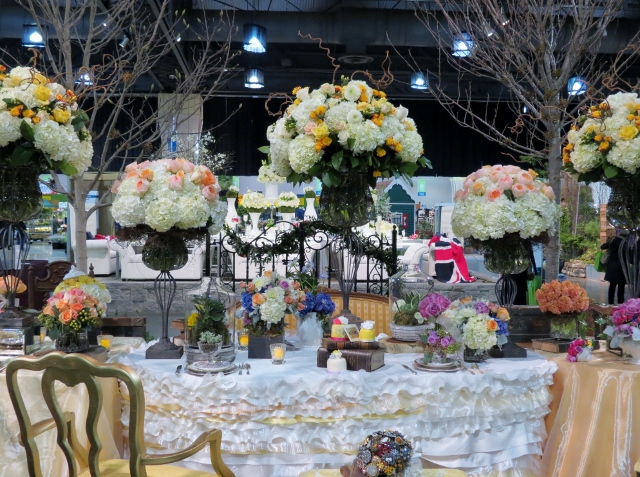
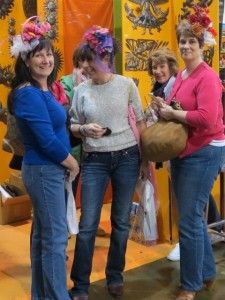
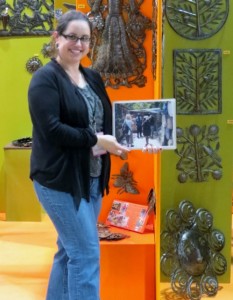
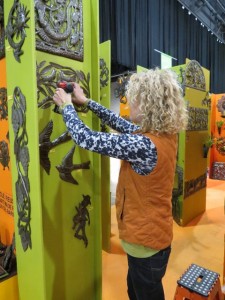
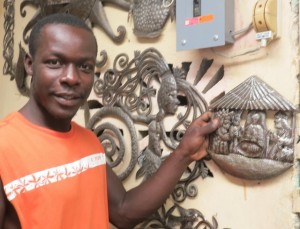
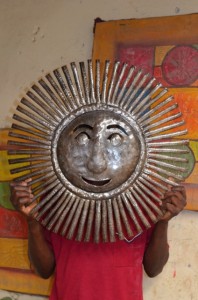
![rec455[1]](https://blog.itscactus.com/wp-content/uploads/2013/02/rec4551-300x293.jpg)
![th[1]](https://blog.itscactus.com/wp-content/uploads/2013/02/th1.jpg)
